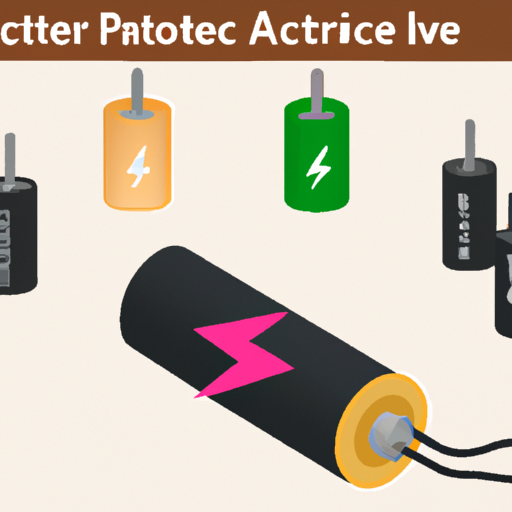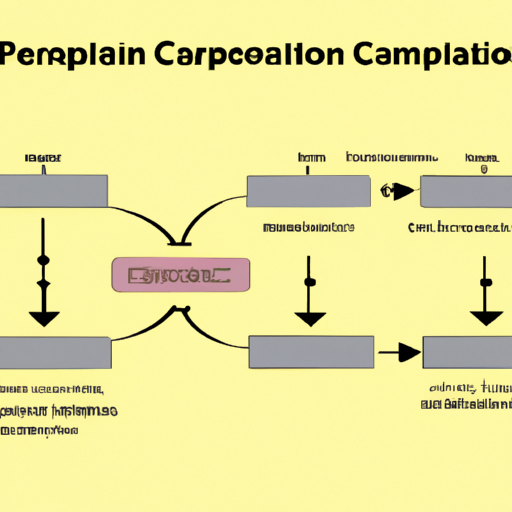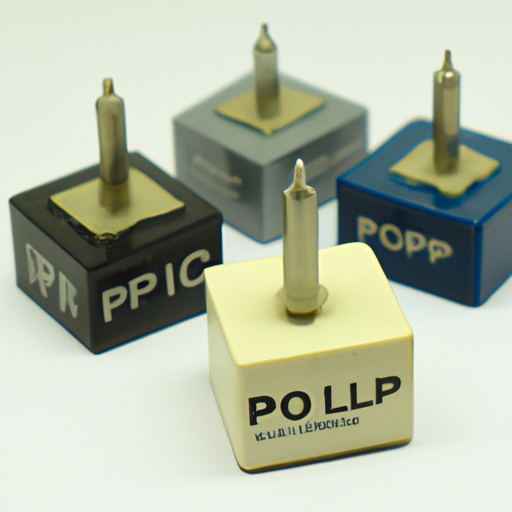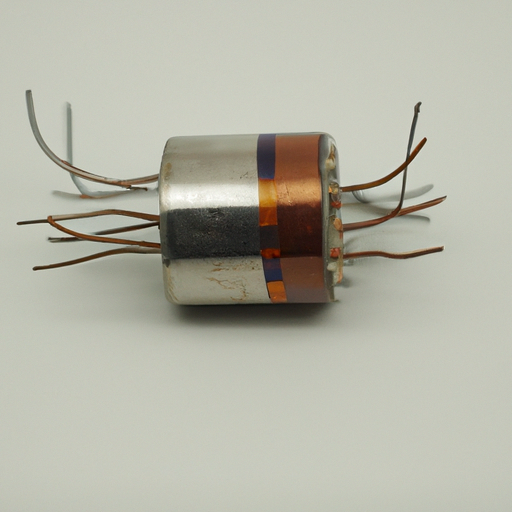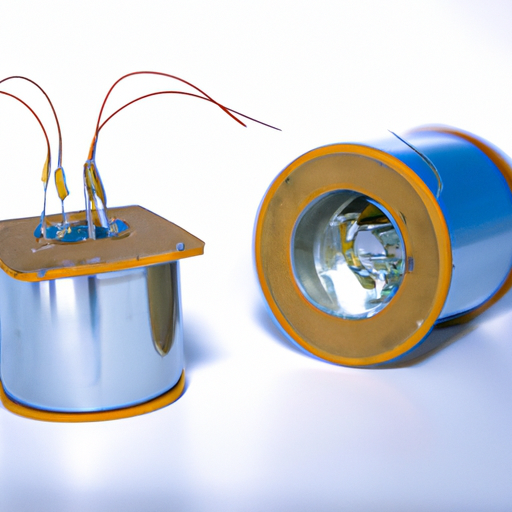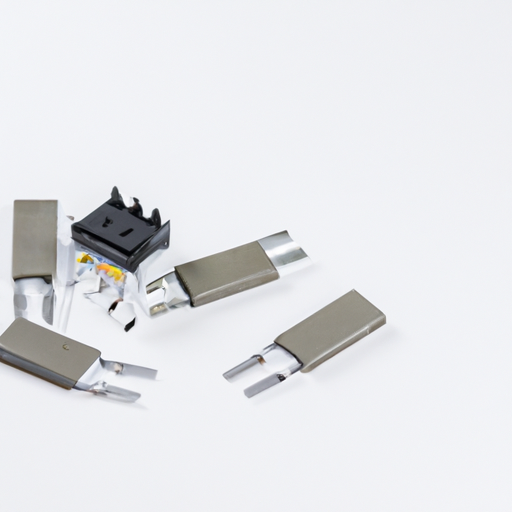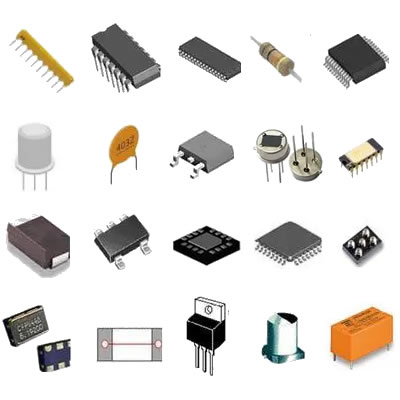An article will help you understand what capacitor power is
Understanding Capacitor Power
I. Introduction
In the realm of electrical engineering, capacitors play a pivotal role in various applications, from power factor correction to energy storage. One of the key concepts associated with capacitors is "capacitor power," which refers to the power associated with the reactive component of electrical circuits. Understanding capacitor power is essential for engineers and technicians alike, as it influences the efficiency and performance of electrical systems. This article aims to demystify capacitor power, exploring its fundamentals, applications, challenges, and future trends.
II. Basics of Capacitors
A. What is a Capacitor?
A capacitor is a passive electronic component that stores electrical energy in an electric field. It consists of two conductive plates separated by an insulating material known as a dielectric. When a voltage is applied across the plates, an electric field develops, allowing the capacitor to store energy.
1. Definition and Function
The primary function of a capacitor is to store and release electrical energy. This ability makes capacitors essential in various applications, including filtering, timing, and energy storage.
2. Types of Capacitors
Capacitors come in various types, each suited for specific applications:
Electrolytic Capacitors: Known for their high capacitance values, these capacitors are polarized and often used in power supply circuits.
Ceramic Capacitors: These are non-polarized and are commonly used in high-frequency applications due to their stability and low losses.
Film Capacitors: Made from thin plastic films, these capacitors are known for their reliability and are often used in audio and power applications.
B. How Capacitors Work
1. Charge Storage Mechanism
When a capacitor is connected to a voltage source, it begins to charge. Electrons accumulate on one plate, creating a negative charge, while the other plate loses electrons, resulting in a positive charge. The amount of charge a capacitor can store is determined by its capacitance.
2. Capacitance and Its Units
Capacitance is the measure of a capacitor's ability to store charge and is expressed in farads (F). A capacitor with a capacitance of one farad can store one coulomb of charge at one volt.
III. Understanding Power in Electrical Circuits
A. Definition of Electrical Power
Electrical power is the rate at which electrical energy is transferred or converted. It is measured in watts (W) and is a crucial concept in understanding how electrical systems operate.
B. Relationship Between Voltage, Current, and Power
1. Ohm’s Law
Ohm’s Law states that the current (I) flowing through a conductor between two points is directly proportional to the voltage (V) across the two points and inversely proportional to the resistance (R) of the conductor. The formula is expressed as:
\[ V = I \times R \]
2. Power Formula
The power (P) in an electrical circuit can be calculated using the formula:
\[ P = V \times I \]
This formula highlights the relationship between voltage, current, and power.
C. Types of Power
In electrical systems, power can be categorized into three types:
1. Real Power
Real power (P) is the actual power consumed by electrical devices to perform work, measured in watts (W).
2. Reactive Power
Reactive power (Q) is the power that oscillates between the source and the reactive components (like capacitors and inductors) in the circuit. It is measured in volt-amperes reactive (VAR).
3. Apparent Power
Apparent power (S) is the product of the current and voltage in an AC circuit, measured in volt-amperes (VA). It combines both real and reactive power and is calculated as:
\[ S = V \times I \]
IV. Capacitor Power Explained
A. Reactive Power in Capacitors
1. Definition of Reactive Power
Reactive power is essential in AC circuits, as it helps maintain voltage levels necessary for active power to do useful work. Capacitors and inductors store energy temporarily, leading to the concept of reactive power.
2. Role of Capacitors in Reactive Power Compensation
Capacitors are used to provide reactive power in electrical systems, compensating for the lagging power factor caused by inductive loads. By supplying reactive power, capacitors help stabilize voltage levels and improve overall system efficiency.
B. Power Factor and Its Importance
1. Definition of Power Factor
The power factor (PF) is the ratio of real power to apparent power in a circuit. It indicates how effectively electrical power is being converted into useful work. A power factor of 1 (or 100%) signifies that all the power is being used effectively.
2. How Capacitors Improve Power Factor
Capacitors improve the power factor by supplying reactive power, which reduces the overall demand for reactive power from the grid. This leads to lower energy costs and improved system efficiency.
C. Calculating Capacitor Power
1. Formula for Reactive Power
The reactive power (Q) in a circuit can be calculated using the formula:
\[ Q = V \times I \times \sin(φ) \]
Where \( φ \) is the phase angle between the voltage and current.
2. Example Calculations
For instance, if a circuit has a voltage of 230V, a current of 10A, and a phase angle of 30 degrees, the reactive power can be calculated as follows:
\[ Q = 230 \times 10 \times \sin(30°) = 2300 \times 0.5 = 1150 \, VAR \]
V. Applications of Capacitor Power
A. Power Factor Correction in Industrial Settings
In industrial settings, capacitors are widely used for power factor correction. By improving the power factor, industries can reduce energy costs and avoid penalties from utility companies.
B. Energy Storage in Renewable Energy Systems
Capacitors play a crucial role in renewable energy systems, such as solar and wind, by storing excess energy and releasing it when needed, thus stabilizing the energy supply.
C. Smoothing Voltage Fluctuations in Power Supplies
Capacitors are used in power supplies to smooth out voltage fluctuations, ensuring a stable output voltage for sensitive electronic devices.
D. Role in Signal Processing and Filtering
In signal processing, capacitors are used in filters to block or pass specific frequency ranges, making them essential in audio and communication systems.
VI. Challenges and Considerations
A. Overloading Capacitors
Overloading capacitors can lead to overheating and failure. It is crucial to select capacitors with appropriate ratings for the intended application.
B. Aging and Degradation of Capacitors
Capacitors can degrade over time due to environmental factors, leading to reduced performance. Regular maintenance and monitoring are essential to ensure reliability.
C. Safety Precautions When Working with Capacitors
Capacitors can store significant amounts of energy, posing safety risks. Proper safety precautions, such as discharging capacitors before handling, are vital to prevent accidents.
VII. Future Trends in Capacitor Technology
A. Advancements in Capacitor Materials
Research is ongoing to develop new capacitor materials that offer higher capacitance, lower losses, and improved reliability.
B. Emerging Applications in Electric Vehicles and Smart Grids
Capacitors are increasingly being used in electric vehicles for energy storage and in smart grids for power management and stability.
C. Research and Development in Supercapacitors
Supercapacitors, which offer higher energy density and faster charging times, are a focus of research and development, promising to revolutionize energy storage solutions.
VIII. Conclusion
Understanding capacitor power is essential for anyone involved in electrical engineering or related fields. From improving power factor to enabling energy storage in renewable systems, capacitors play a vital role in modern technology. As advancements continue in capacitor technology, the importance of these components will only grow. We encourage readers to explore further and deepen their understanding of this fascinating subject.
IX. References
A. Suggested Reading Materials
- "Electrical Engineering: Principles and Applications" by Allan R. Hambley
- "Capacitors: Technology and Applications" by John Smith
B. Relevant Research Papers and Articles
- IEEE papers on capacitor technology advancements
- Journal articles on power factor correction techniques
C. Online Resources for Further Study
- Khan Academy: Electrical Engineering
- MIT OpenCourseWare: Circuits and Electronics
By delving into the world of capacitor power, you can enhance your knowledge and application of this critical component in electrical systems.

